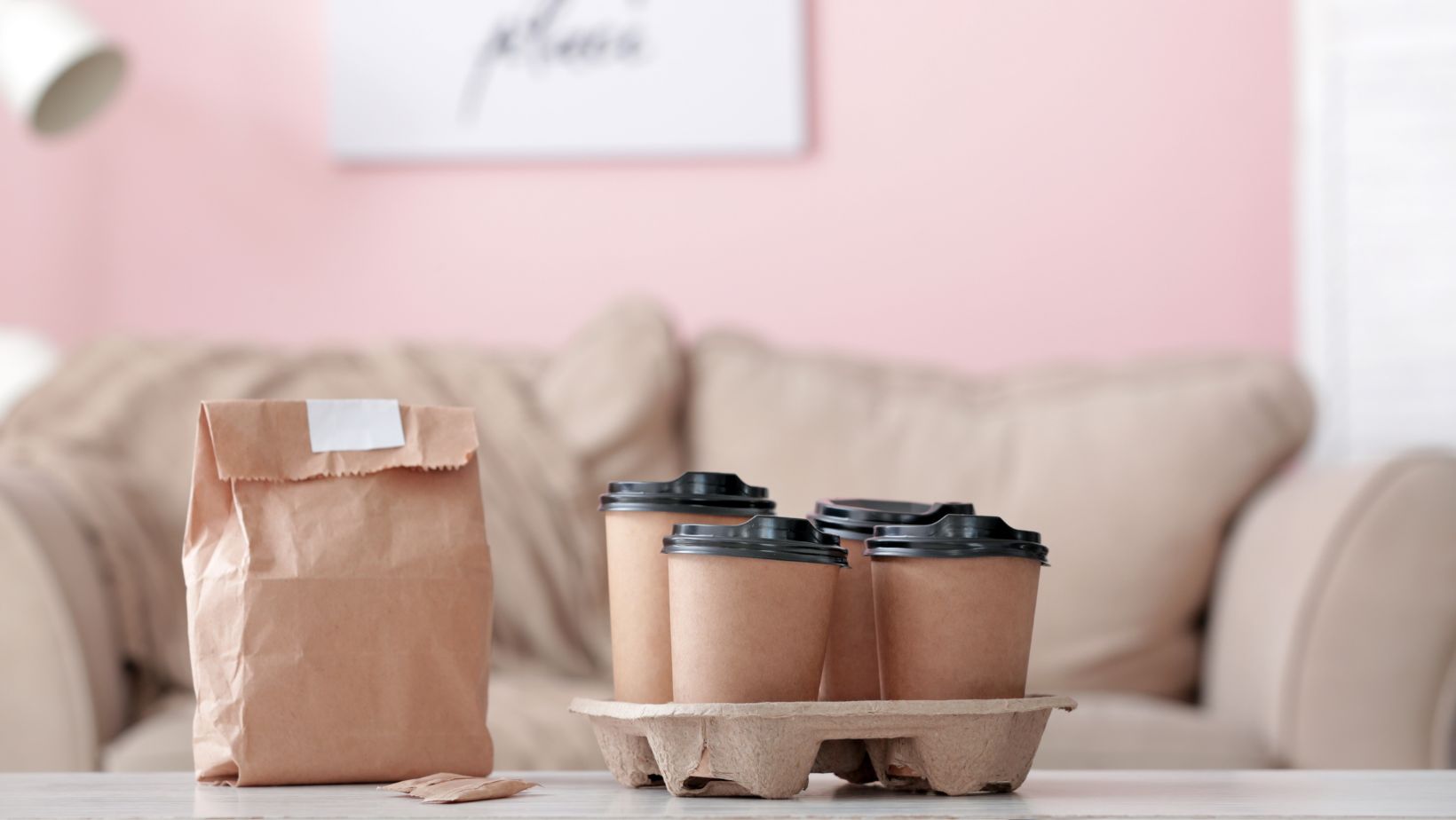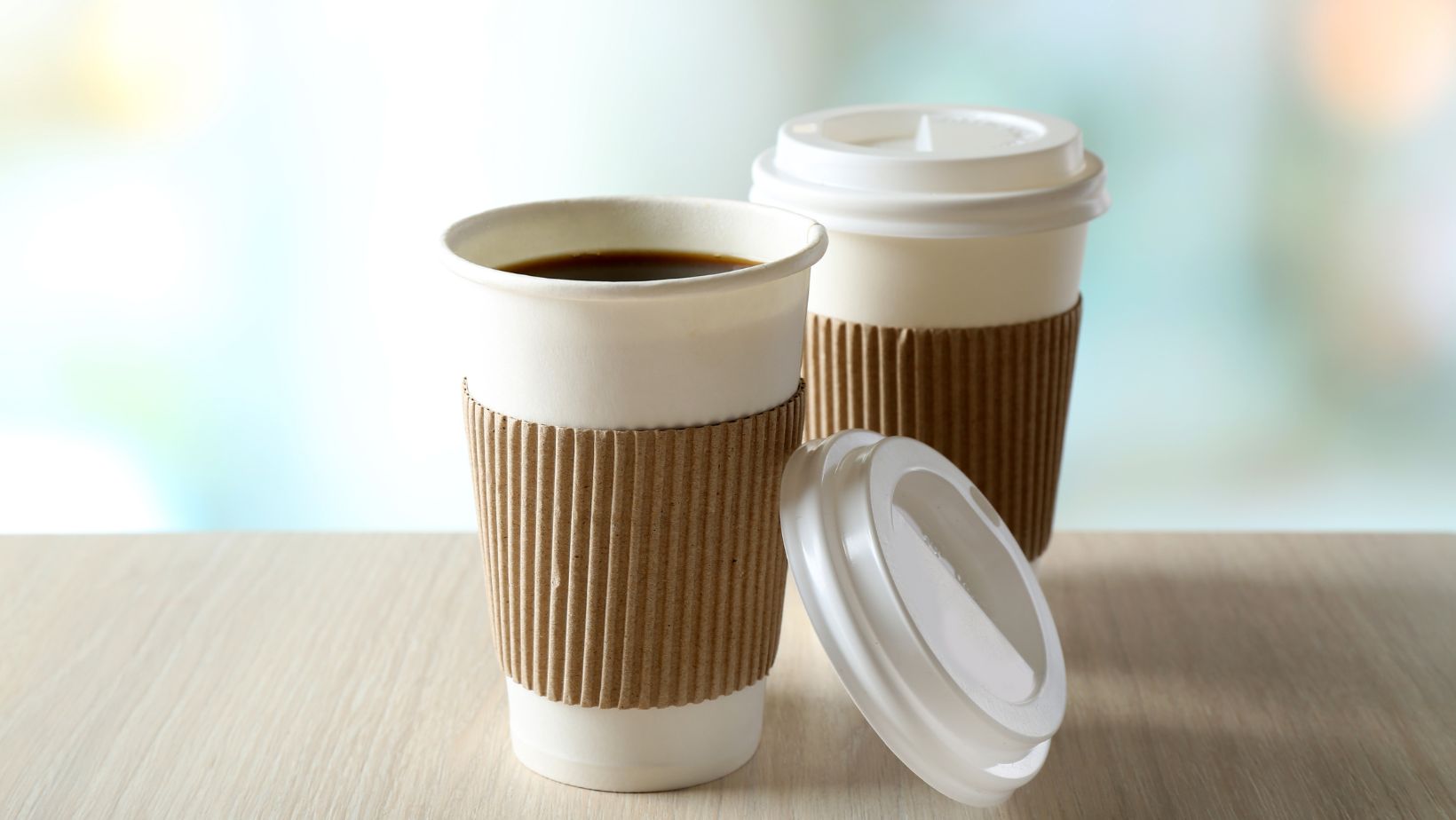
According to the UK’s Environmental Audit Committee, the country throws away around 2.5 billion disposable coffee cups each year, but less than 1% of them get recycled. This results in a stunning amount of waste added to our already-overloaded landfills and our oceans. The situation is no different in many other countries across the world.
But, why is the recycling rate so low for takeaway coffee cups, you may wonder? Well, most takeaway cups are made from paper on the outside but have a thin plastic liner on the inside that allows the cup to be watertight. This combination of materials makes them challenging to recycle, as the two components need to be separated—a process not all recycling plants can accomplish.

Moreover, the environmental impact of these coffee cups is not limited to the waste they generate. We also need to consider the resources consumed during their production, including energy, water, and raw materials. A report by the Alliance for Environmental Innovation concluded that the process of making a paper coffee cup generates approximately 0.24 pounds of CO2 emissions.
Solutions
It’s quite depressing to consider the environmental toll of our daily coffee habits. But the good news is that there are sustainable alternatives. If make-at-home coffee isn’t an option for you, then a reusable coffee cup is a logical and eco-friendly choice. Many coffee shops even offer discounts to customers who bring in their own cups.
Alternatively, for those situations where a takeaway cup is unavoidable, choosing a cup made from biodegradable or compostable materials can tremendously lessen the environmental impact. These cups decompose naturally over time, reducing the amount of waste ending up in our landfills and oceans.
Finally, spreading awareness about the environmental implications of disposable coffee cups can also go a long way towards encouraging more sustainable consumption patterns.

After all, change often starts with education.
Conclusion
Our takeaway coffee habit has significant environmental implications, primarily related to waste production and resource consumption. By raising awareness about the issue and choosing more sustainable alternatives, we can each make a difference and reduce our environmental footprint. Remember – every coffee cup counts, and your choices can make a real difference. Here’s to making our planet a better place, one cup at a time!















